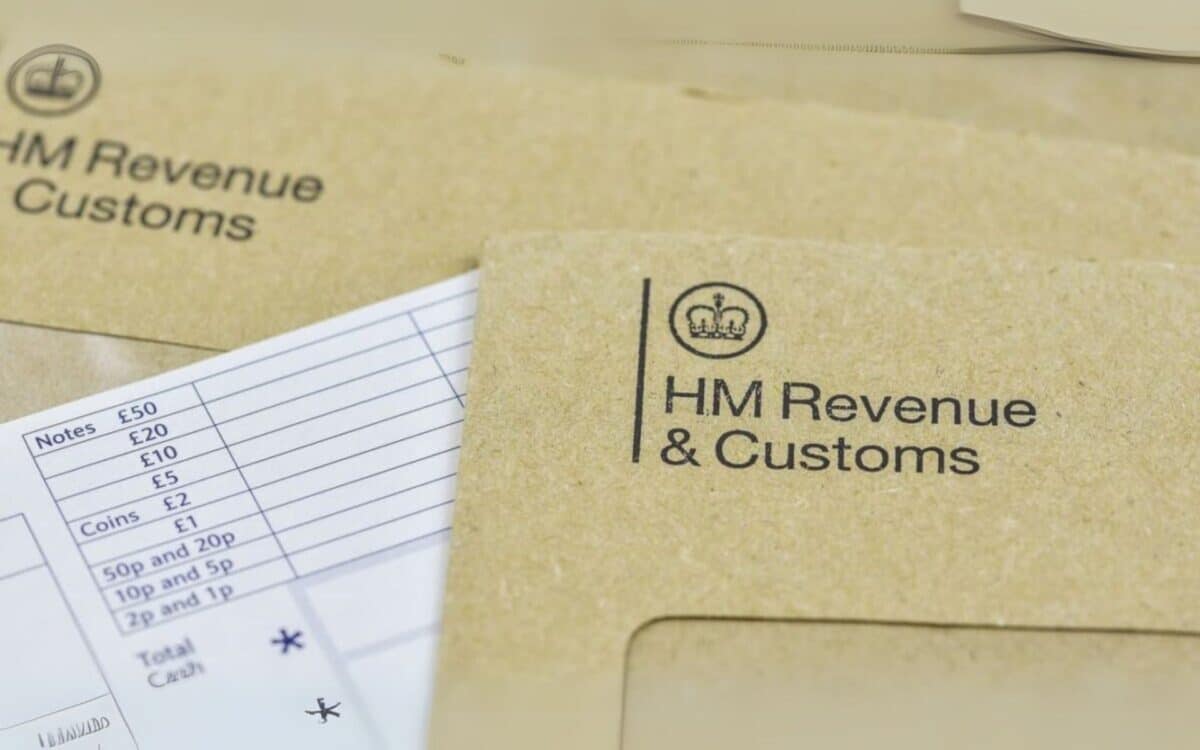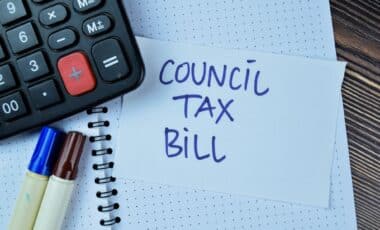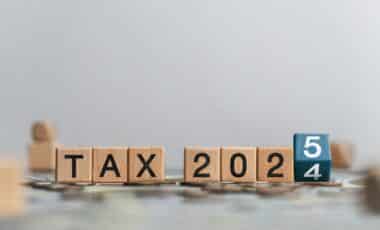Thousands of UK taxpayers are set to receive Simple Assessment Letters or Tax Calculation Letters from HMRC, informing them of tax owed or refunds due for the 2023/2024 tax year. These letters, typically sent out between June and March, are used when HMRC cannot collect tax through the PAYE system and must issue a separate assessment. For many, this will be the first time they have received such a letter, particularly pensioners and those with additional savings income.
The rise in frozen tax allowances combined with increasing state pension payments and bank interest earnings means that many people who previously had no tax liability may now be asked to pay up for the first time. Some individuals may even find themselves owing more tax than expected, particularly those with private pensions or other taxable income sources outside of PAYE.
HMRC is urging recipients to carefully check their assessments and take action if they believe an error has been made. Claimants only have 60 days from the date of the letter to challenge any incorrect calculations. If they miss this deadline, they could be forced to pay the amount demanded, even if it is inaccurate.
Why More People Are Receiving These Letters
A growing number of pensioners and other taxpayers are now receiving Simple Assessment Letters for the first time. This is largely due to frozen tax allowances, which have failed to keep up with rising income levels. As state pension payments and interest on savings accounts increase, more people are crossing the tax-free threshold and becoming liable for payments.
Previously, many pensioners had no tax liability because their income remained within HMRC’s personal allowance. However, with state pension payments gradually increasing, some individuals have found themselves unexpectedly facing tax charges for the first time in years. This has led to frustration, particularly among those on fixed incomes who had assumed they would never have to pay tax again.
The Low Incomes Tax Reform Group (LITRG) is advising taxpayers to review their letters carefully, stating:
“If you receive a simple assessment letter from HMRC, you should check the figures carefully. The second page of the letter contains a full tax calculation, which sets out the different sources of taxable income which HMRC believes you had in the tax year. Make sure that the calculation includes all your sources of taxable income in the year, as well as any deductions or reliefs you may be entitled to.”
This means that taxpayers should not automatically assume HMRC’s calculations are correct. If any income sources have been missed or deductions have not been applied, the final tax bill may be higher than it should be.
What to Do If You Receive a Simple Assessment Letter
If you receive a Simple Assessment Letter, the most important step is to carefully check the details before taking any action. The letter will provide a full breakdown of how HMRC has calculated your tax liability, including income sources, deductions, and any tax reliefs applied.
Many people assume that HMRC’s figures are always correct, but errors can occur—particularly if income from different sources has been miscalculated or if important deductions were left out. If you do not check the figures, you could end up paying more tax than necessary.
Those who disagree with the calculation must contact HMRC within 60 days to dispute the amount owed. If they fail to act within this two-month window, they lose the right to appeal, meaning they will be legally required to pay whatever amount HMRC has calculated.
If you need help understanding your tax bill, you can seek advice from HMRC directly, use online tax calculation tools, or contact an independent tax adviser for assistance.
Why This Matters
The fact that more taxpayers—especially pensioners and savers—are now receiving Simple Assessment Letters is a sign of how frozen tax thresholds are pulling more people into the tax system. Many individuals who have never previously had to file a tax return or deal with self-assessment may now find themselves having to navigate HMRC’s system for the first time.
For pensioners in particular, this can be stressful, especially for those living on a fixed income who had not planned for tax deductions. Without proper guidance, some may unknowingly overpay or miss the deadline to dispute errors, resulting in financial strain.
To avoid complications, taxpayers must act quickly when they receive an HMRC letter—whether that means confirming their tax liability, requesting an adjustment, or appealing a mistake. By staying informed and taking action within the 60-day appeal period, individuals can protect themselves from unnecessary tax payments and ensure they are only paying what they truly owe.









